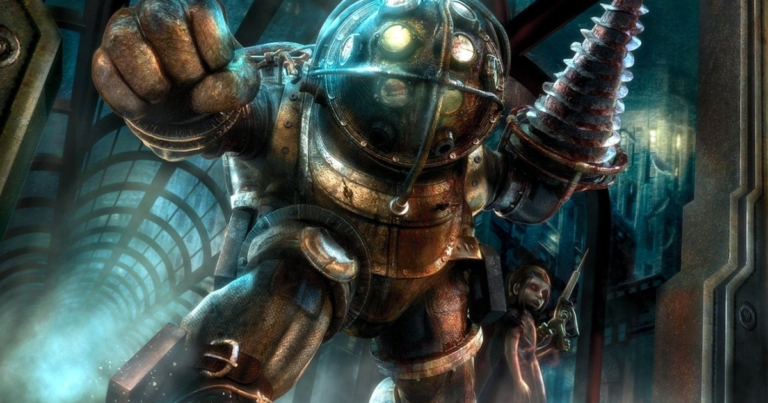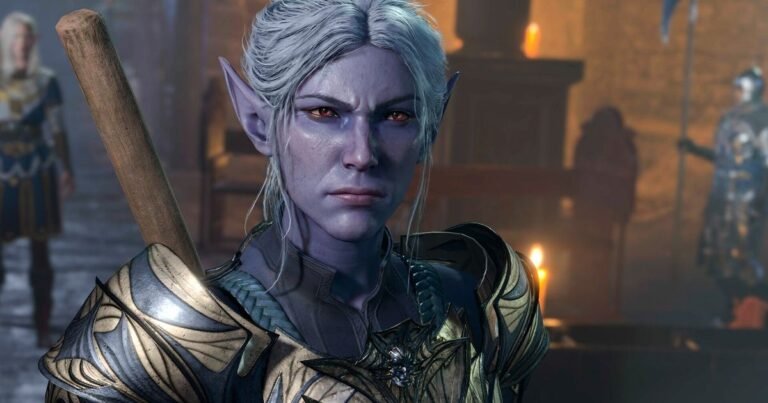
Warhammer 40,000: Space Marine 2 Overview
Warhammer 40,000: Space Marine 2 is one of the most anticipated games from Digital Foundry, effectively hitting the points that made the first entry in the series so enjoyable. The large scale of the environments, the dense swarms of Tyranids, the absolute carnage of combat – it’s all back in Space Marine 2, enhanced by the impressive technical capabilities of the Swarm engine.
Development and Aesthetics
Saber Interactive has taken on the development tasks for this game, and our first impression is that they have done a fantastic job in capturing the aesthetic of Warhammer 40,000: colossal and heroic figures, large-scale gothic architecture that extends into the distance, and an enviable wealth of animated details in the immediate area. The sense of density only increases when you have your first contact with combat: dozens of Tyranids running towards you, while hundreds (possibly even thousands) can be seen massing in the background.
The density of details up close is also impressive, although it does not reach the same extremes as Warhammer 40,000: Darktide. That said, as a third-person game versus a first-person experience, this is not a bad thing. It works exceptionally well. The emphasis on detail also means that something has to give in other aspects: Space Marine 2 does not seem to be using cutting-edge technology in lighting or global illumination, but it does get enhanced versions of mature technologies like shadow maps, screen-space reflections, and screen-space ambient occlusion, while the GI solution (which appears pre-calculated or “baked”) gives a good impression of light rejection. The quality of physically-based materials also works well.

Performance and Optimization
Whether we are watching the video above or any of the game trailers seen to date, the density of details must be raising questions. What is Space Marine 2’s performance? It is difficult to answer definitively due to the fact that the code we had was not obviously final – but some conclusions can be drawn. Initially, we played the game at maximum settings on an RTX 4090 with a Ryzen 7 7800X3D – the best CPU and GPU components at the moment – and found that we could maintain native 4K with Nvidia DLAA (that is, DLSS at native resolution), providing pristine image quality at 60 frames per second, with plenty of overhead.
We also decided to run the game on Digital Foundry’s “Frankenstein Console,” which is a PC built around the CPU of the Xbox Series X with Windows, paired with a Radeon RX 6700 – the closest GPU on the market to the architecture of the PlayStation 5 GPU. Think of this as a console equivalent to a ball, and it is here, at higher settings, that we start to hit the limit. By running so many animated details, we can deduce that Space Marine 2 is particularly heavy on the CPU, reaching up to 40º in the limited amount of content we had to work with (a campaign mission and a couple of PvE levels).
Returning to the weight of the CPU that we noticed, it is worth taking into account that the CPU of the Xbox Series X with Windows offers a performance well below the capabilities of current processors and our observations are entirely in line with the requirements of the PC specifications published. In terms of graphics, there is certainly scalability – more support for dynamic resolution scaling along with reconstruction-based upscalers. The preview version supported DLSS and FSR 2, but XeSS and frame generation were notable for their absence.
There are some technical issues to address based on this preview code, but it is encouraging to see the constructive feedback from Saber Interactive, while a simple look at the game in action demonstrates some outstanding results from the Swarm engine.



